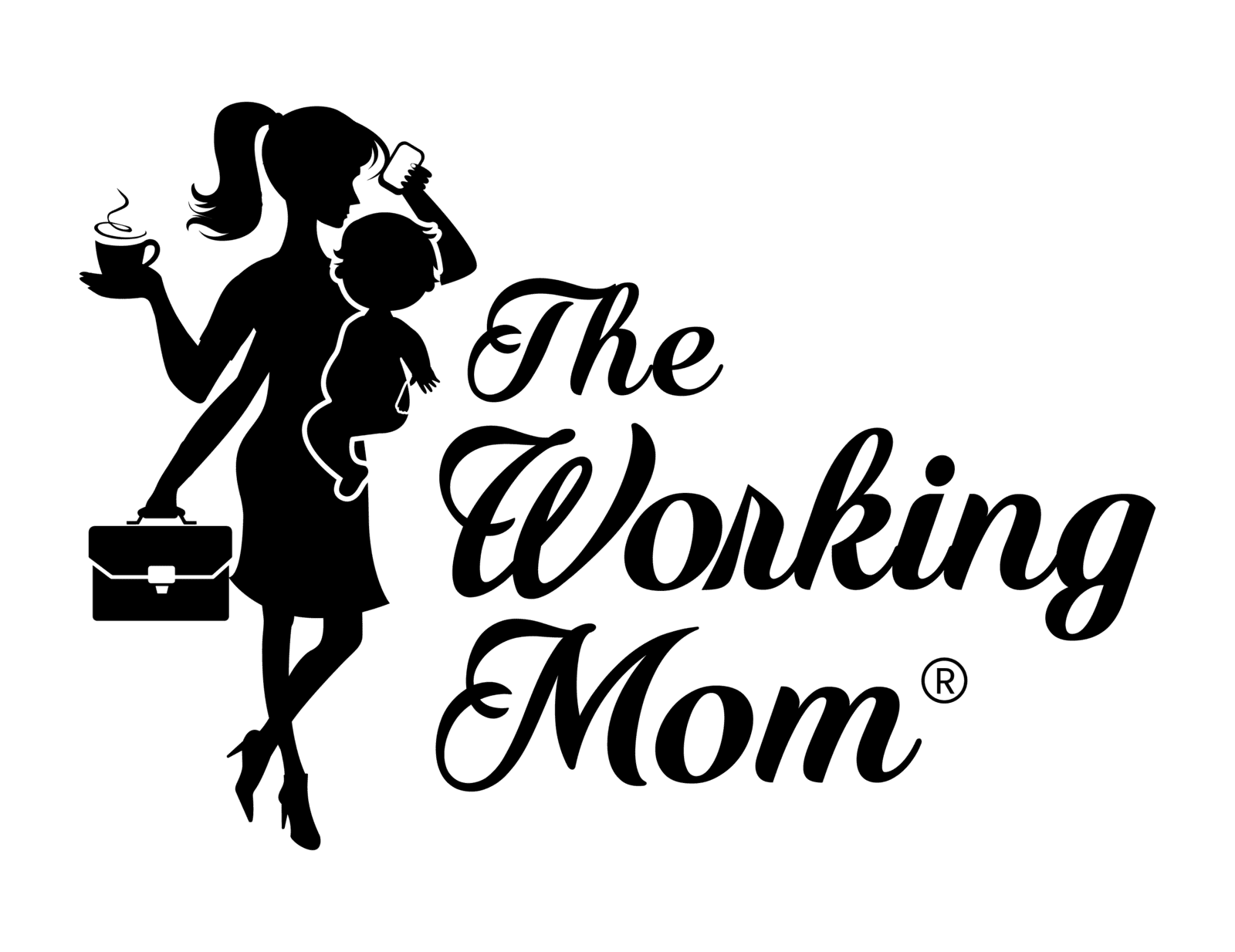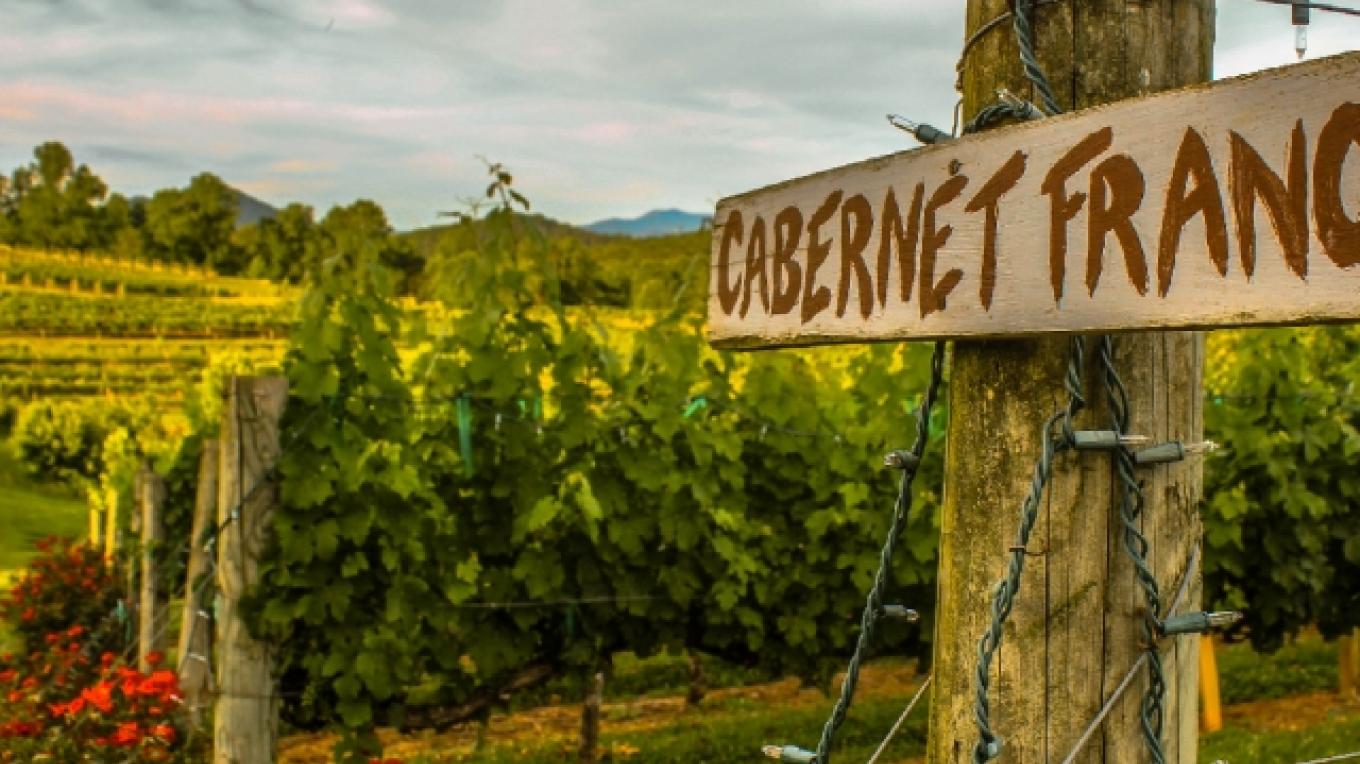Cabernet franc has historically been grown to mix with cabernet sauvignon and merlot in a typical Bordeaux style, but there are many producers who are bottling this wine all alone....
So who’s your daddy? ..... Sometime around the 17th century in southern France, cabernet franc and sauvignon blanc got married and had a baby. This baby was named cabernet sauvignon..... and the rest is history....Research done at the University of California, Davis campus in the 1990's revealed that merlot is an offspring of cabernet franc and Magdeleine noire de Charentes.
60% of cabernet franc grapes are grown in France. The most notable regions in France for this grape are Bordeaux and the Loire Valley. 20% are grown in Italy (mostly Friuli-Venezia Giulia and Tuscany). Roughly 10% are grown in the United States (California, Ohio, Virginia, and the Finger Lakes region of New York). Finally, the remaining 10% are roughly a mixture of other European countries, Canada, South America and South Africa.
When you refer to the body of a wine, you are describing the weight of the wine in your mouth. It’s easily compared to the way skim milk (light-bodied), 2% milk (medium-bodied), and heavy cream (full-bodied) feel in your mouth. Cabernet franc is considered to be light to medium-bodied. It’s typically spicy with hints of black cherry and black or red pepper, with light to moderate tannins and moderate acidity. The wine tends to be lighter in color and with aromas of red fruits like raspberries and cherries, with a hint of herbs like oregano. Generally speaking, the younger a red wine is, the more ruby red to purple they appear. The older they are, they tend to turn more of a brick-red and eventually brown, due to the oxidation process. The same goes for a white wine. The older they are, the more buttery and darker in appearance they become.
The higher the acidity, the more tart a wine is, and the higher the tannins, the more bitter and dry a wine will be. Chianti is a perfect example of a very tannic wine. When the tip of your tongue feels dry, it’s a tannic wine.
Remember the tongue chart .......... Biology doesn't lie... if you pinch your nose when you drink a beverage, your taste buds dull, but the tingling sensations in the correct areas of your tongue light up. So if someone tells you a wine has a hint of sweetness, and the tip of your tongue doesn't react when you taste the wine with a pinched nose.... then they don't know what they are talking about. Same with acidity (higher-acidity = more sour) or bitter (tannins). A low-acid wine will not fire up the sides of your tongue in the same situation. 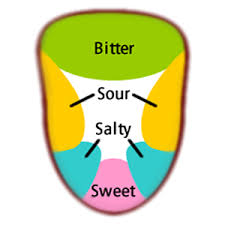
Cabernet franc is typically best enjoyed around the 5-year vintage mark. A decent bottle will cost around $20. An excellent bottle can cost hundreds of dollars. If you really enjoy wine, invest in a decanter. Try a cabernet franc just after it has been opened, then 30 minutes after decanting, and you will absolutely notice a difference. It will taste softer and more rich. Alternatively, you can also pour the wine through an aerator (A very cheap device you can attach to the bottle that causes turbulence and increases aeration to the wine). The Vinturi aerator seen below is probably the best on the market and it costs around $30. With this device, you pour the wine into the aerator and you hold it over your glass.

My first experience with cabernet franc was in an old famous Philadelphia restaurant called Le Bec-Fin owned and founded by the famous French chef Georges Perrier. This particular cabernet franc was from Erie, PA. Who the heck even knew Erie, Pennsylvania grew grapes??? An amazing little vineyard named Presque Isle Vineyards. I’ll always remember this wine. It was perfectly balanced. Not too spicy, not too dry, and not too acidic. It was paired with a perfect filet mignon and garlic whipped potatoes. Ever since then, I’ve always kept my eye out for this wine.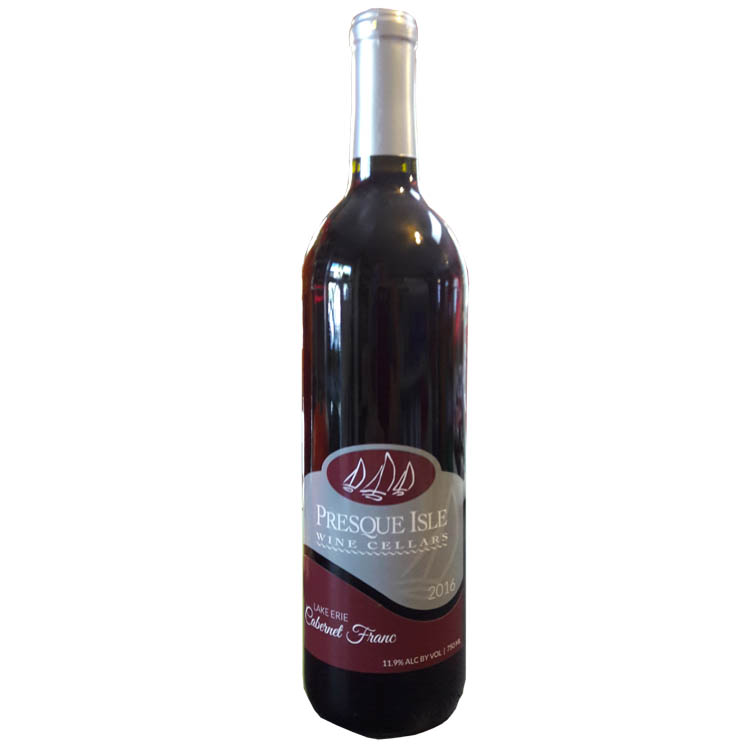
This grape is perfectly grown in cold regions. If my perfect man were a grape, he’d be a cabernet franc. It loves cold weather, it’s dependable, strong, resilient, and not bitter. :)
Ravines Wine Cellars (Hammondsport, NY) in the Finger Lakes region also has an amazing and award-winning cabernet franc that is less than $30/bottle. There are too many wonderful cab francs to even mention in the Finger Lakes region. It has the perfect climate for this varietal.
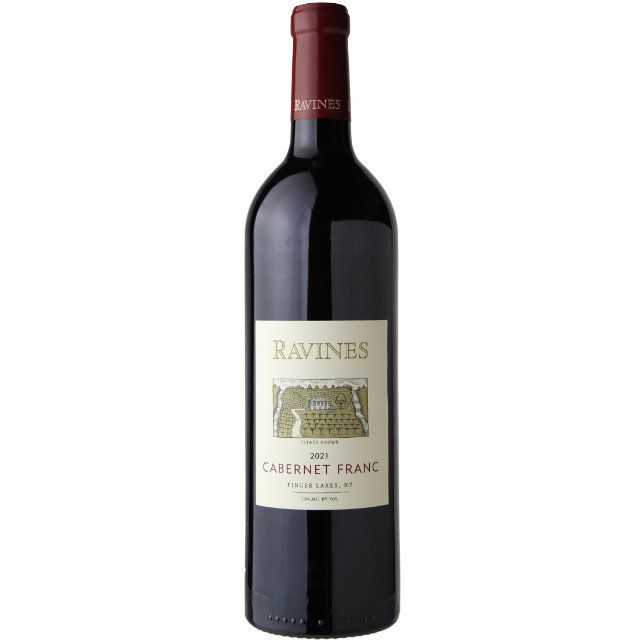
Food pairing: This higher acidity wine allows for nice pairing with savory and spicy foods, such as tomato-based dishes, BBQ, feta and goat cheese, and as always..... all alone. It's a great winter wine to pair with soups and stews.
I hope you enjoyed the introduction to the cabernet franc varietal.
UP NEXT WEEK: Châteauneuf-du-Pape: “The Gateway Drug to French Wine” ~as described by Wine Folly
Xoxo ~Lisa. 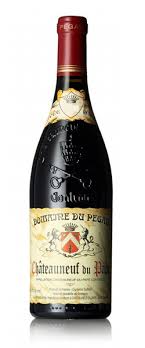
Cabernet franc has historically been grown to mix with cabernet sauvignon and merlot in a typical Bordeaux style, but there are many producers who are bottling this wine all alone....
So who’s your daddy? ..... Sometime around the 17th century in southern France, cabernet franc and sauvignon blanc got married and had a baby. This baby was named cabernet sauvignon..... and the rest is history....Research done at the University of California, Davis campus in the 1990's revealed that merlot is an offspring of cabernet franc and Magdeleine noire de Charentes.
60% of cabernet franc grapes are grown in France. The most notable regions in France for this grape are Bordeaux and the Loire Valley. 20% are grown in Italy (mostly Friuli-Venezia Giulia and Tuscany). Roughly 10% are grown in the United States (California, Ohio, Virginia, and the Finger Lakes region of New York). Finally, the remaining 10% are roughly a mixture of other European countries, Canada, South America and South Africa.
When you refer to the body of a wine, you are describing the weight of the wine in your mouth. It’s easily compared to the way skim milk (light-bodied), 2% milk (medium-bodied), and heavy cream (full-bodied) feel in your mouth. Cabernet franc is considered to be light to medium-bodied. It’s typically spicy with hints of black cherry and black or red pepper, with light to moderate tannins and moderate acidity. The wine tends to be lighter in color and with aromas of red fruits like raspberries and cherries, with a hint of herbs like oregano. Generally speaking, the younger a red wine is, the more ruby red to purple they appear. The older they are, they tend to turn more of a brick-red and eventually brown, due to the oxidation process. The same goes for a white wine. The older they are, the more buttery and darker in appearance they become.
The higher the acidity, the more tart a wine is, and the higher the tannins, the more bitter and dry a wine will be. Chianti is a perfect example of a very tannic wine. When the tip of your tongue feels dry, it’s a tannic wine.
Remember the tongue chart .......... Biology doesn't lie... if you pinch your nose when you drink a beverage, your taste buds dull, but the tingling sensations in the correct areas of your tongue light up. So if someone tells you a wine has a hint of sweetness, and the tip of your tongue doesn't react when you taste the wine with a pinched nose.... then they don't know what they are talking about. Same with acidity (higher-acidity = more sour) or bitter (tannins). A low-acid wine will not fire up the sides of your tongue in the same situation.

Cabernet franc is typically best enjoyed around the 5-year vintage mark. A decent bottle will cost around $20. An excellent bottle can cost hundreds of dollars. If you really enjoy wine, invest in a decanter. Try a cabernet franc just after it has been opened, then 30 minutes after decanting, and you will absolutely notice a difference. It will taste softer and more rich. Alternatively, you can also pour the wine through an aerator (A very cheap device you can attach to the bottle that causes turbulence and increases aeration to the wine). The Vinturi aerator seen below is probably the best on the market and it costs around $30. With this device, you pour the wine into the aerator and you hold it over your glass.
My first experience with cabernet franc was in an old famous Philadelphia restaurant called Le Bec-Fin owned and founded by the famous French chef Georges Perrier. This particular cabernet franc was from Erie, PA. Who the heck even knew Erie, Pennsylvania grew grapes??? An amazing little vineyard named Presque Isle Vineyards. I’ll always remember this wine. It was perfectly balanced. Not too spicy, not too dry, and not too acidic. It was paired with a perfect filet mignon and garlic whipped potatoes. Ever since then, I’ve always kept my eye out for this wine.

This grape is perfectly grown in cold regions. If my perfect man were a grape, he’d be a cabernet franc. It loves cold weather, it’s dependable, strong, resilient, and not bitter. :)
Ravines Wine Cellars (Hammondsport, NY) in the Finger Lakes region also has an amazing and award-winning cabernet franc that is less than $30/bottle. There are too many wonderful cab francs to even mention in the Finger Lakes region. It has the perfect climate for this varietal.

Food pairing: This higher acidity wine allows for nice pairing with savory and spicy foods, such as tomato-based dishes, BBQ, feta and goat cheese, and as always..... all alone. It's a great winter wine to pair with soups and stews.
I hope you enjoyed the introduction to the cabernet franc varietal.
UP NEXT WEEK: Châteauneuf-du-Pape: “The Gateway Drug to French Wine” ~as described by Wine Folly
Xoxo ~Lisa.

